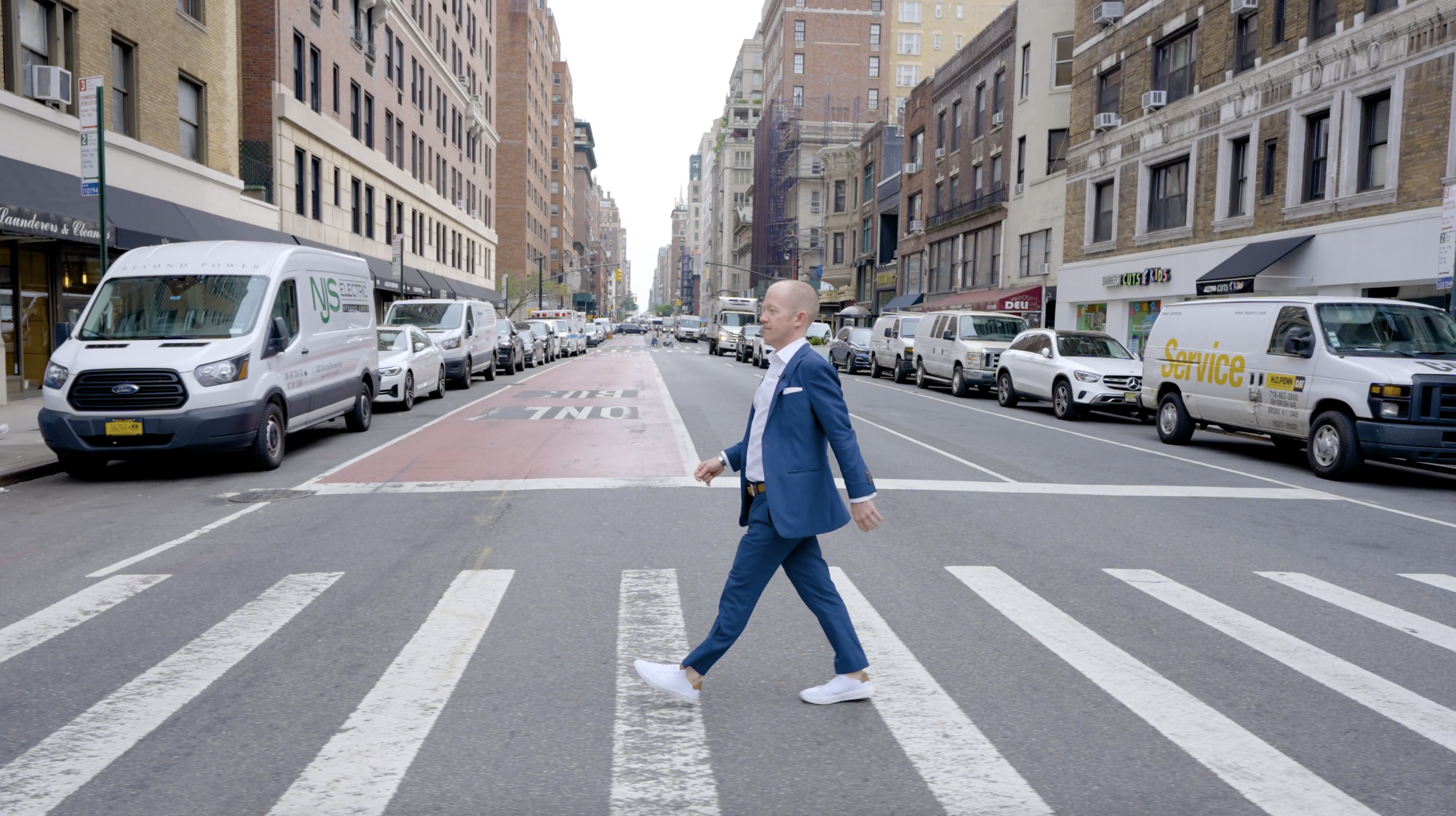
How many times have you walked by an old building on the streets of NYC and thought, "Who used to live there?" or, "How much would someone have paid for that 100 years ago?" You may know that I'm not only passionate about real estate, but also about the history and architecture of New York City. Come take a walk through time with me as we explore some of NYC’s most iconic landmarks in my series, Then & Now.

The Prison Ship Martyrs’ Monument
Nestled in the heart of the vibrant Fort Greene neighborhood in Brooklyn, lies a gem that serves as the focal point of this ever-popular and bustling community. Fort Greene Park not only offers amazing views of the surrounding area and Manhattan skyline (I’ve attended many birthday parties there) but also holds a rich historical significance that might surprise many of its visitors.
Fort Greene Park was actually a Revolutionary War fortification and commemorates the 11,500 American prisoners of war who died in gruesome captivity aboard British prison ships during the war!

The Helmsley Building
Park Avenue apartment buildings are some of the most sought after real estate in New York City. The avenue is very peaceful because commercial vehicles like large trucks are prohibited. Its beautifully designed buildings create architectural lines of perspective that fade off into the distance which are especially gorgeous in the early morning sunlight. Did you know that the reason Park Avenue is so wide is because it contains the northern start of the New York Central Railroad underneath it. Before it was covered over it was a pollution nightmare and certainly not a desirable place to live!
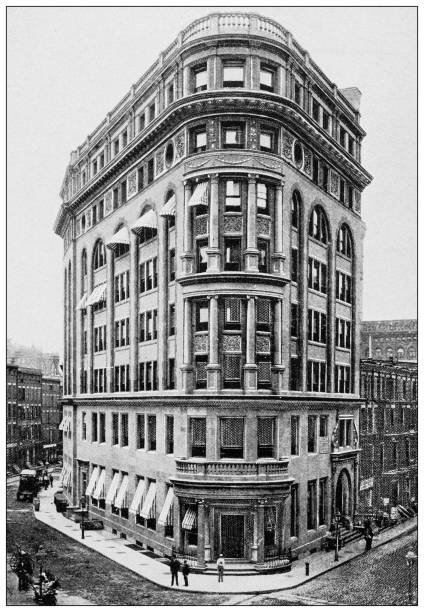
Delmonico’s
One of the reasons I love New York City so much is the food! (It might even be why I moved here 25 years ago!) What most of us don’t realize is that dining out in NYC wasn’t what it is today. Most wealthy New Yorkers of the early 1800’s dined and entertained in their extravagant homes. Restaurants were reserved for the lower classes and served mediocre food. Italian-Swiss immigrants, Giovanni (John) and Pietro (Peter) Delmonico wanted to change that. Their first restaurant opened in 1827 on William Street and was a small operation serving pastries, coffee and fine wines one might get in the cafes of Paris at the time. They soon expanded next door and started serving French and Italian cuisine and started to gain some notoriety even amongst the wealthy.

Pier 54
Unrecognizable today, the west side of Manhattan was lined north to south with massive piers, home to a prosperous shipping industry. In 1912 the Titanic (a White Star Line ship) was making its fateful course toward New York City from England and was set to dock at Pier 59. After hitting the infamous iceberg and sinking, the 706 survivors were rescued by the RMS Carpathia, which was a Cunard Line ship. Therefore, the Carpathia docked at Pier 54 instead of Pier

The Central Park Casino
Getting up to Central Park in 1862 was no easy task. Therefore, its creators Calvert and Vaux designed and built a few places throughout it where park goers could get refreshments. One of them was named the Ladies' Refreshment Saloon and was located where today’s Rumsey Playfield/Summerstage is located. It was a Victorian style cottage that catered only to women until the early 1900’s when it expanded and rebranded itself as an upscale restaurant called The Casino. You could get a sirloin steak for 75 cents which, at the time, was pricey.

The US Open
Part of what makes New York City the greatest city on earth is that you can attend countless sporting events yearly! We have two baseball, football and basketball teams just to start.
When the end of summer nears every year, I get very excited for one of my favorite events, The US Open! It’s two weeks of tennis that takes place in Queens at The Billie Jean King National Tennis Center – a quick subway ride away.
Did you know the first two lawn tennis courts in New York City (built in 1881) were located in Manhattan on 88th Street and Central Park West?
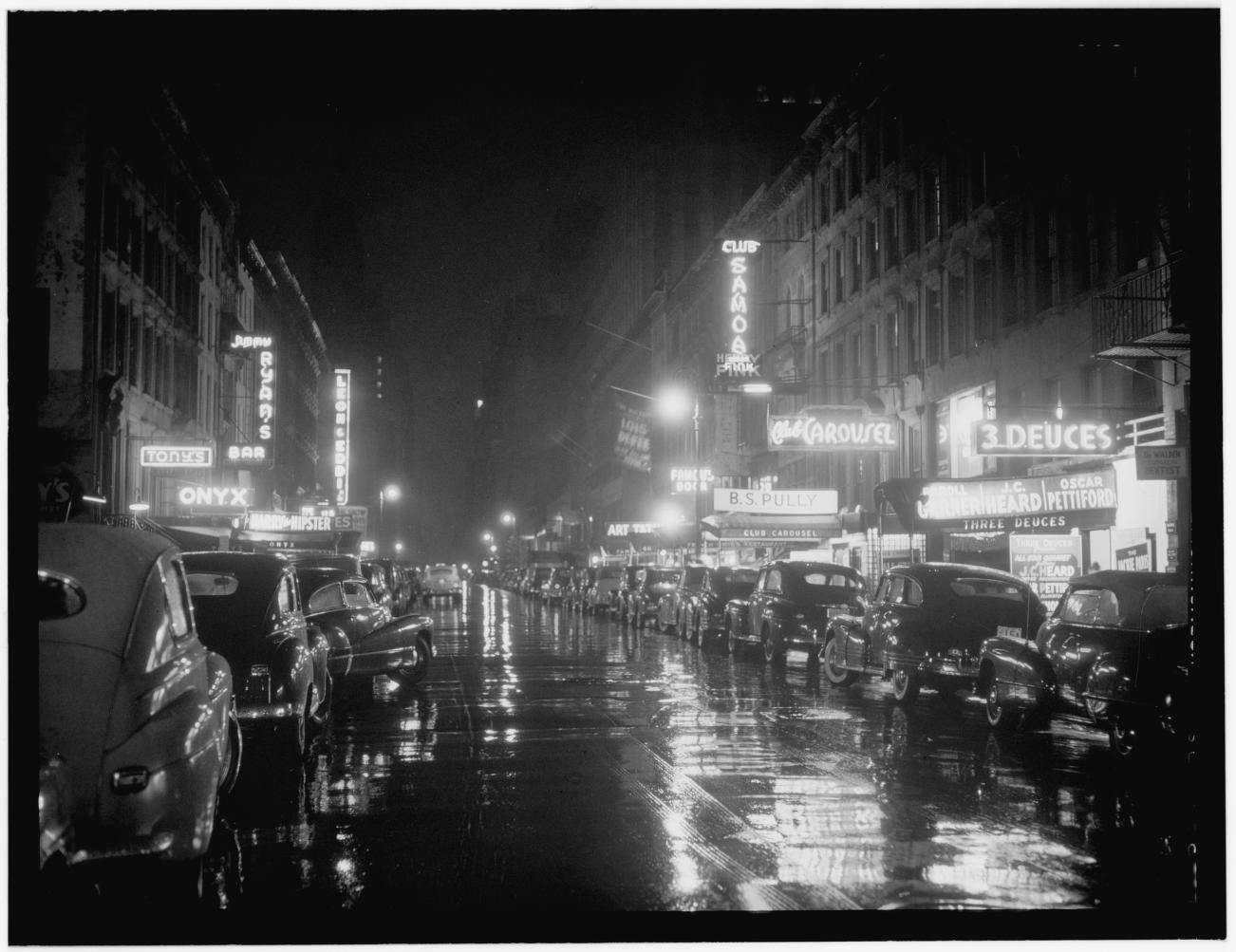
Swing Street
Did you know that 52nd Street was the epicenter of the New York jazz scene from the 1930’s to the 1950’s? 52nd Street from 5th Avenue to 6th Avenue in the Prohibition Era was simply known as ‘The Street.’ It was littered with illegal speakeasy’s like Jack & Charlie’s 21 Club (later just known as the 21 Club which has unfortunately closed indefinitely) housed in old brownstones.

The Central Park Boathouse
Did you know that this is the third iteration of the famous Central Park boathouse?
I run by the Central Park Boathouse numerous times a week and like many New Yorkers (and out-of-towners) I think that Central Park wouldn’t be the same without it. It’s the park’s only fully functioning restaurant (Tavern on the Green kinda counts I guess) and having a drink or meal there provides a serene, picturesque scene of The Lake and its row boaters. We recently got the good news that it’s reopening after a brief shutdown!
The story begins around 150 years ago.
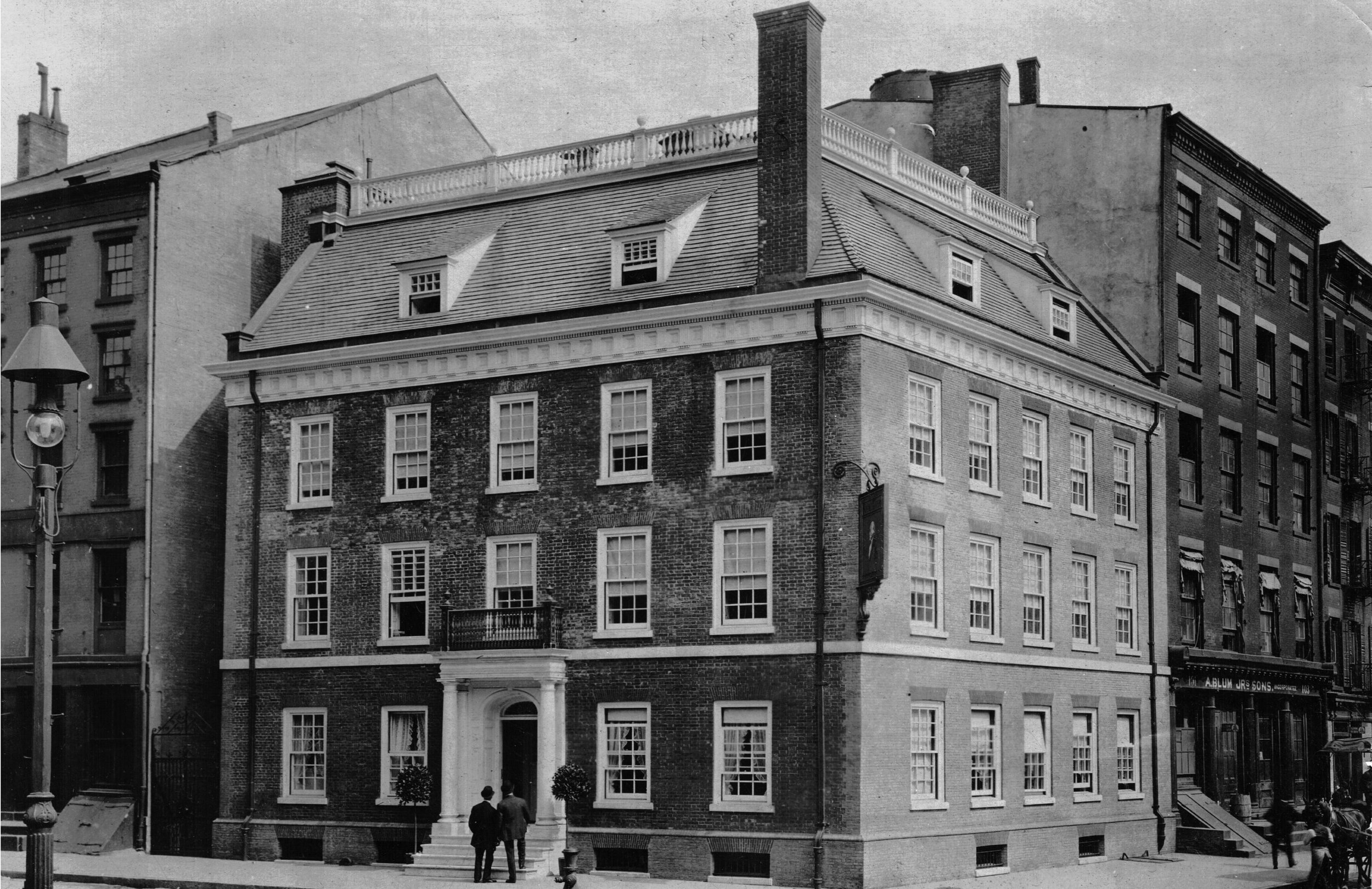
Fraunces Tavern
Let’s delve into the rich history of one of New York City's oldest pieces of real estate, which also happens to be my favorite bar. I find it absolutely thrilling to sit in a place where George Washington himself hung out, commiserating about British rule over the colonies!

The Woolworth Building
Often forgotten these days - Frank Woolworth’s headquarters at 233 Broadway was the tallest building in the world for 17 years and to this day remains an architectural masterpiece.
By 1911 F.W. Woolworth had 586 of his ‘Five-and-Dimes’ stores throughout the country and he was a very wealthy man. He hired a not yet famous Cass Gilbert to design his new headquarters in downtown Manhattan.

The Victory Arch
World War I, also known as The Great War, tends to get overshadowed by World War II, but was pretty brutal. Approximately 9 million soldiers perished in battle, 23 million sustained injuries, and 5 million civilians lost their lives due to military engagements, famine, and illnesses. The movement of troops during the war further intensified the devastating impact of the 1918 Spanish flu, which all of us today are very familiar with after the Covid-19 pandemic. Tough times.

Coney Island
In 1624 around the time the Dutch settled Manhattan, Coney Island was inhabited. The name of the island is believed to have originated from the Dutch word "konijn," which means rabbit, because of the significant population of rabbits that inhabited the island.Over the next 100 years or so residents of Gravesend Brooklyn used Coney Island and its neighboring islands to house cattle in the winter months.
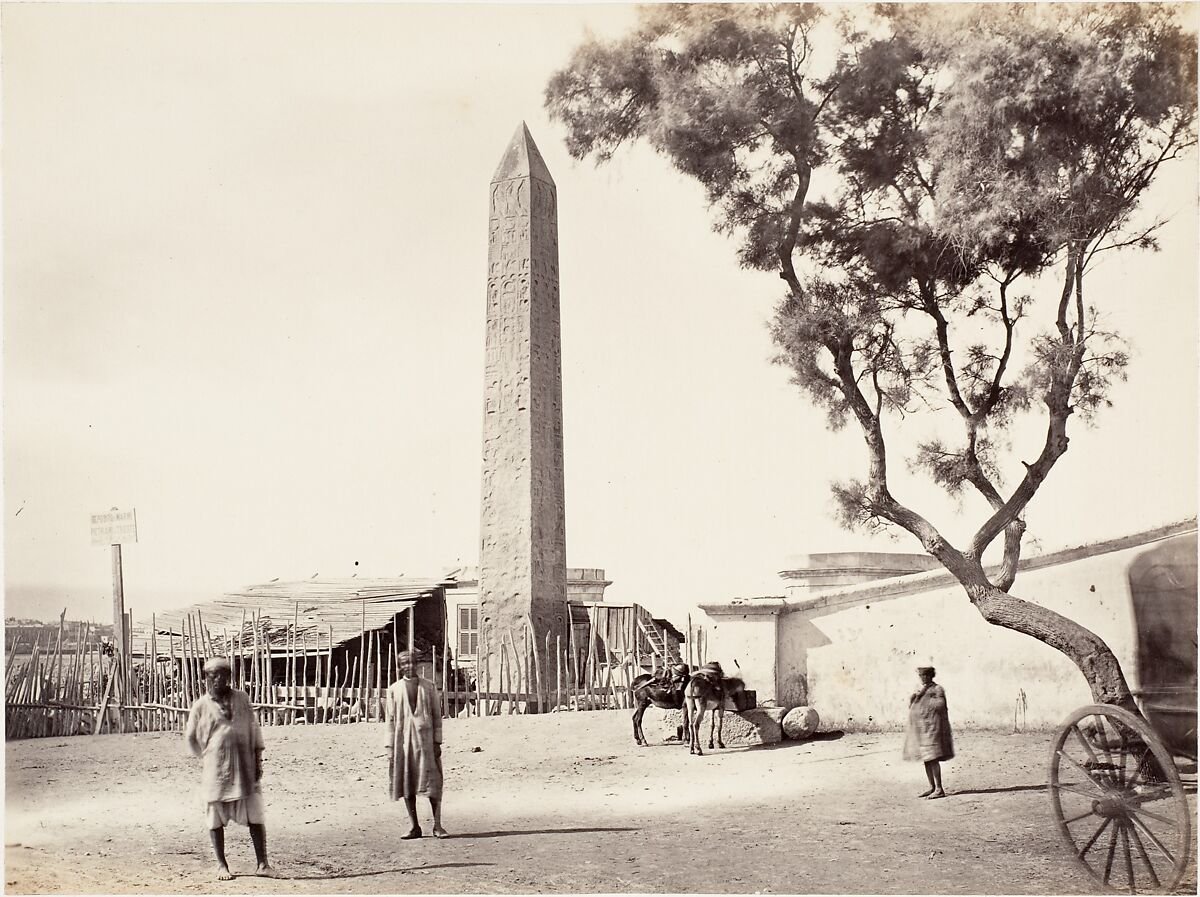
Cleopatra’s Needle
One of my favorite monuments in New York City is one I run by numerous days a week, Cleopatra’s Needle. It’s a 3,500 year old ancient Egyptian obelisk behind The Metropolitan Museum of Art that sticks out in the park’s green space. It amuses me that most passers by probably don’t really think about its significance or why it’s even there!

Madison Square Park
Manhattan, like much of the city, was once a wild and unlandscaped area, and this was certainly true of the region now known as Madison Square Park. In those days, it was a swampy and remote outpost on the fringes of the city. However, a man named William 'Corporal' Thompson saw the potential in the area and purchased an old farmhouse on 23rd Street. He transformed it into the Thompson Roadhouse, a popular destination for travelers coming to and from the city. Eventually, he renamed it 'Madison Cottage,' and this name would later be adopted by the park and the surrounding Madison Avenue that would come to define the area. It's hard to believe that such a bustling and iconic neighborhood could have such humble origins!

The Old Croton Distributing Reservoir
New York City water… it’s a thing! Ask any local New Yorker and they’ll beam about the cold, crisp, clean taste of our city’s water. But water wasn't always so abundant here in New York City. Before 1837, New Yorkers relied on wells, cisterns, and barrels to collect rainwater for their daily needs. With buildings predominantly constructed of wood, firefighting was a constant challenge due to the lack of a reliable water supply. It was the visionary leadership of DeWitt Clinton, a former Mayor of New York City and champion of the 1811 grid plan and Erie Canal, that helped transform the city's water supply. Clinton proposed that the city tap into the abundant water resources of the Croton Reservoir located upstate. Thanks to Clinton's foresight and determination, construction of the Croton Aqueduct began in 1837 and was completed in 1842. The aqueduct brought fresh water to the city, greatly improving public health and safety while also enabling the city to grow and thrive.

Rose Hill Historic House
You’ve probably never heard of the Rose Hill neighborhood between Kips Bay and Murray Hill. In modern day Manhattan we tend to forget that all of this urban landscape used to be wilderness. There were many farms and forests, even streams running through Greenwich Village! One such neighborhood was Murray Hill, which I always found fascinating due to its history around the Revolutionary War. I lived there from 2006-2009. Did you know that just south of Robert Murray’s estate was a farm called Rose Hill?

The Majestic
Like an epic mountain range, Central Park West is lined with an amazing assortment of architecturally stunning apartment buildings. One such building is The Majestic on 72nd Street across from the Dakota, making it quite the intersection. Did you know it was the location of one of history’s most infamous mob hits? That’s right, the Upper West Side has organized crime history, who knew!?

The Seigel-Cooper Building
You’ve certainly walked by it and have most likely been in it a few times to shop. What you may have not been aware of was that you were in the presence of architectural grandeur. Taking up the entire block from 18th to 19th on 6th Avenue the Siegel-Cooper Building tends to lose a lot of its historic street cred due to the current branding of its tenants, Bed Bath and Beyond, TJ Maxx and Marshalls. It’s kind of like those three retailers had a meeting and were like, “Hey! Wanna vandalize a Roman temple with our horrible branding?”

The Dakota Apartments
It’s one of the oldest apartment buildings in the city and perhaps the most famous. The Dakota Apartments has a long list of famous residents, is architecturally very unique and extremely private, which is perhaps why it’s such an icon. We all want what we cannot have…and a board approval at The Dakota is hard to come by. (Madonna was even rejected by its co-op board when she attempted to buy an apartment there.)
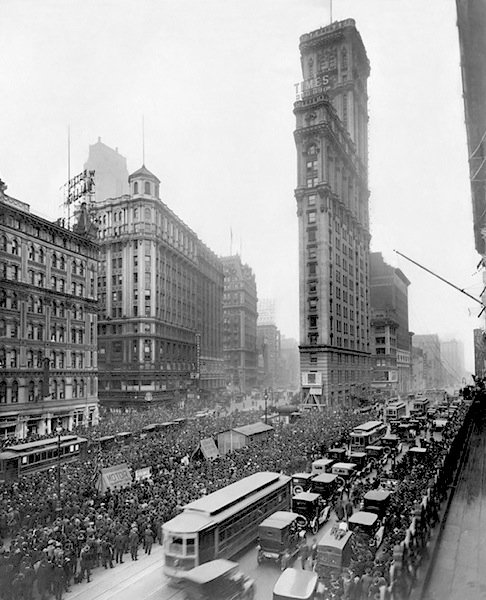
The NY Times Building
It’s hard to imagine New York City without Times Square. It’s a major tourist attraction and as much as we New Yorkers might scoff at it, you can’t deny that its over-the-top grandeur is a sight to be seen. We often forget (or at least I do) as ‘Times Square’ rolls off the tongue so easily, that the area is named for our local NY Times newspaper!
Like all of Manhattan, at some point Times Square was wilderness.
Subscribe to ‘Then & Now’
Sign up with your email address to receive the latest article as soon as it’s published.
